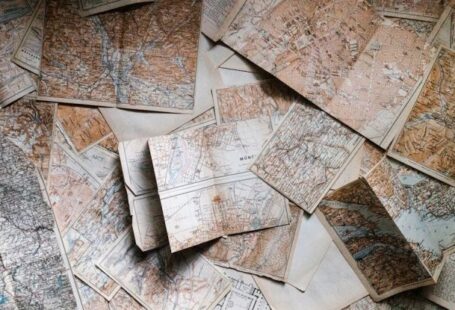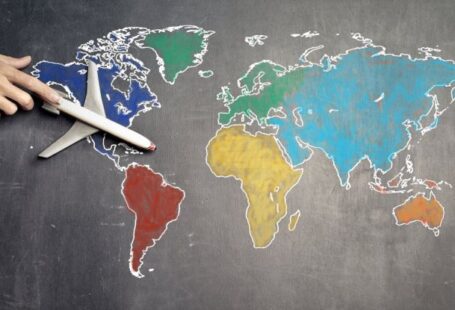For educators looking to enhance their students’ map skills, the quest for valuable resources can sometimes be daunting. Teaching map skills can be a fun and engaging experience for students, as it not only helps them understand geography but also fosters critical thinking and spatial awareness. In this article, we will explore some of the best resources available to educators for teaching map skills to students.
**Online Interactive Maps**
One of the most effective resources for teaching map skills to students is online interactive maps. Websites like Google Maps, National Geographic MapMaker Interactive, and World Atlas offer engaging platforms where students can explore different regions, zoom in and out, measure distances, and learn about various geographical features. These interactive maps provide a hands-on experience that can improve students’ understanding of map reading and navigation.
**Printable Maps and Worksheets**
Printable maps and worksheets are essential tools for teaching map skills in the classroom. Educators can use these resources to help students practice reading maps, identifying countries, continents, and oceans, and understanding key map symbols. Websites like National Geographic Education and Teachers Pay Teachers offer a wide range of printable maps and worksheets that cater to different age groups and learning levels.
**Map Puzzles and Games**
Incorporating map puzzles and games into the curriculum can make learning map skills more engaging and enjoyable for students. Puzzle maps, where students have to assemble a map of a country or region, can help them improve their spatial awareness and map reading abilities. Games like GeoGuessr, MapSnap, and Seterra provide interactive platforms where students can test their knowledge of geography and map reading in a fun and competitive way.
**Geography Apps**
With the rise of technology, there is an abundance of geography apps available that can help students develop their map skills. Apps like Stack the States, GeoBee Challenge, and Google Earth allow students to explore the world, learn about different countries and cultures, and test their geography knowledge through quizzes and challenges. These apps provide a convenient and interactive way for students to enhance their map skills both in and out of the classroom.
**Guest Speakers and Field Trips**
Bringing in guest speakers or organizing field trips can provide students with real-world experiences that complement their map skills learning. Guest speakers, such as geographers or cartographers, can share their expertise and insights with students, giving them a deeper understanding of how maps are created and used. Field trips to local landmarks, museums, or geographical sites can also help students connect theoretical map skills to the physical world around them.
**Conclusion: Enhancing Map Skills Through Diverse Resources**
Teaching map skills to students is an essential part of their educational journey, as it equips them with valuable knowledge and critical thinking skills that extend beyond the classroom. By utilizing a diverse range of resources such as online interactive maps, printable maps and worksheets, map puzzles and games, geography apps, guest speakers, and field trips, educators can create a dynamic and engaging learning environment that fosters a deep understanding and appreciation of geography and map reading among students. With the right resources and strategies in place, educators can empower students to become confident and skilled map readers who are well-prepared to navigate the world around them.





